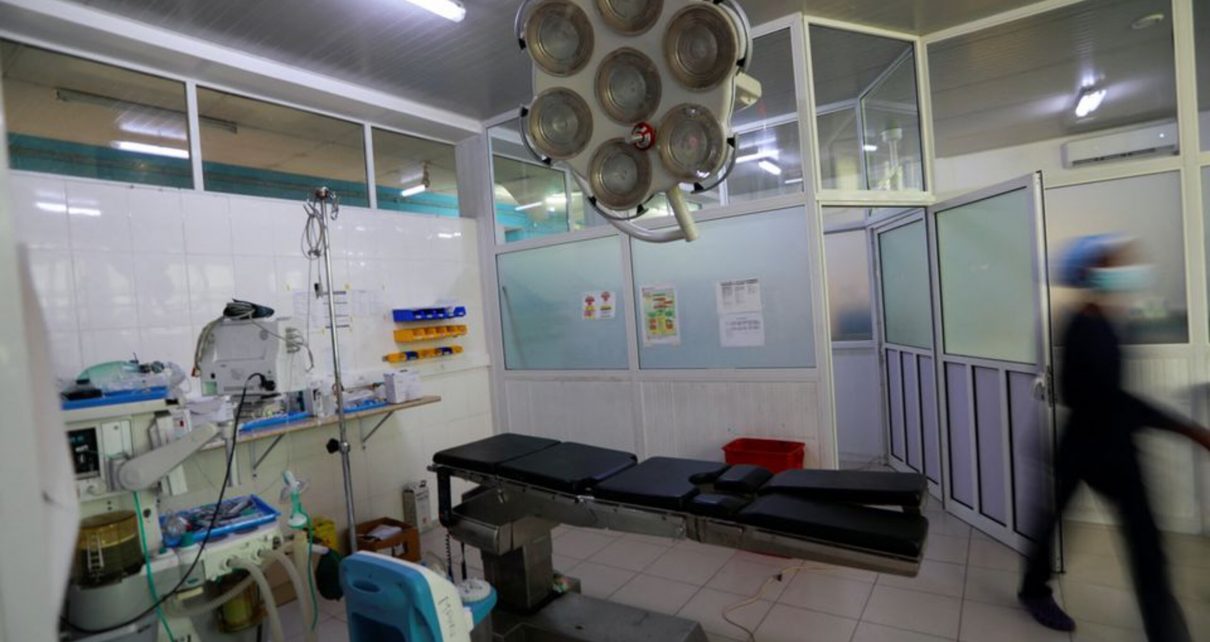A REUTERS REPORT
Euromonitor, a market research company, estimates that the global market for children’s over-the-counter cough, cold, and allergy medications will be worth around $2.5 billion in 2022.
Using a syrup consisting of glycerin or propylene glycol that is secure, sweet, and simple to swallow, these medications include active substances like paracetamol, often known as acetaminophen in the United States, to lower fever.
Global health authorities in Gambia discovered two extremely hazardous chemicals, ethylene glycol (EG) and diethylene glycol (DEG), in imported children’s cough medicine. Both may be byproducts of the production of propylene glycol, according to Dr. Chaitanya Kumar Koduri, director of regulatory engagement at the U.S. Pharmacopeia (USP), a non-profit that aids in setting global standards for the manufacture of pharmaceuticals.
According to Kumar Koduri, producers of propylene glycol for medicinal usage must cleanse it to get rid of any contaminants. Just trace levels of EG and DEG are permitted in medicines under international guidelines, which is 0.10g per 100ml of syrup or 0.10% of weight per volume.
The qualities of each compound are comparable. While propylene glycol may not be hazardous, DEG and EG are quite dangerous. According to pathologists, when consumed, they cause kidney failure and ultimately death if prompt treatment is not received.
The dosage’s lethality is partially influenced by the subject’s weight. Children are more vulnerable than adults since they are smaller.
Human mistake is a possibility, according to Kumar Koduri. However, suppliers or manufacturers have in the past used industrial-grade propylene glycol or even pure DEG or EG as a substitute because they are less expensive.
Two websites that offer the chemicals claim that EG and DEG can be less expensive than propylene glycol.
In the 1990s, DEG in paracetamol syrups killed more than 200 children in Bangladesh and over 90 children in Haiti. Children have lately perished in separate situations in Nigeria, India, and Panama.
Since then, the World Health Organization’s international recommendations have been tightened, and manufacturers are being urged to test more of their raw materials and completed goods. But, it is up to individual nations to enact rules and make sure they are followed at both the manufacturing and consumption points.


